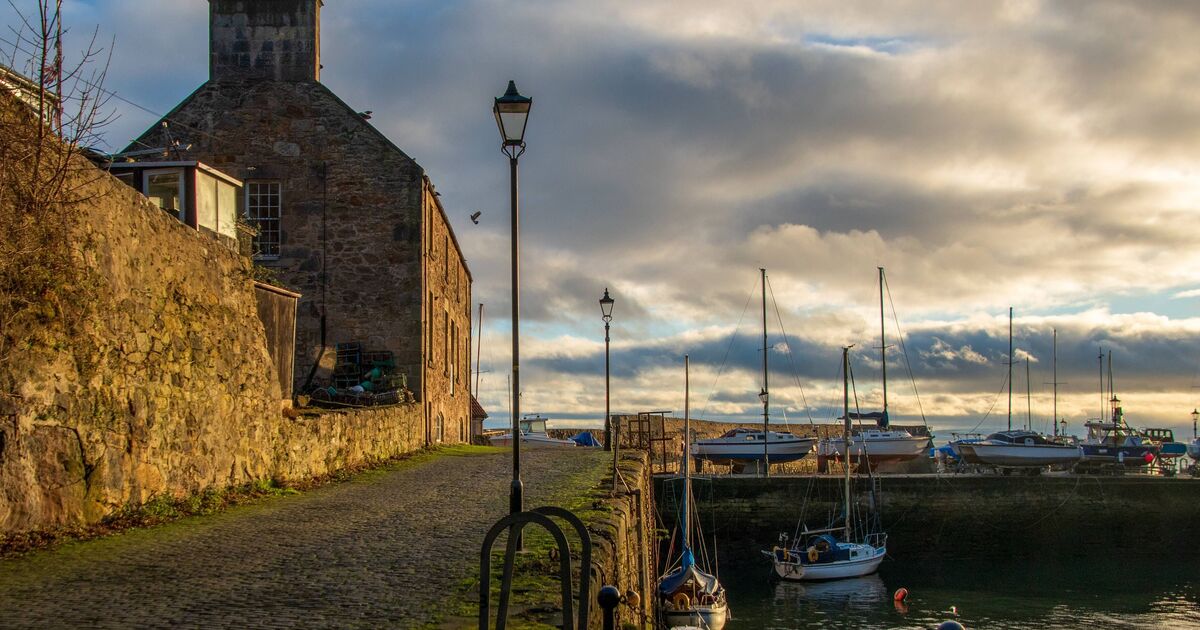The Fife coastline is renowned as one of Britain’s finest seaside stretches. Boasting charming villages, spectacular golf courses and celebrated fish and chip establishments, this Scottish “Riviera” truly offers everything. However, while tourists gravitate towards destinations such as St Andrews and Anstruther, other corners of the “Kingdom” remain relatively unexplored. Dysart represents one such location – a compact village that has evolved into a Kirkcaldy suburb.
VisitScotland characterises it as “an atmospheric place of narrow alleyways and picturesque old buildings”, marking Dysart as a genuine hidden treasure within Fife. Local resident Graeme Johncock, a lifelong Fifer, describes Dysart as something that “looks a little odd, but it’s full of rustic charm”. In his Hidden Scotland publication, he writes: “I’d highly recommend anybody who visits Fife takes a wee wander down there to see it for themselves. It’s just one of the many reasons that the Kingdom lives up to its grandiose name!”
Historically, Dysart flourished as a bustling port, welcoming towering vessels laden with salt from continental Europe. The settlement earned the monikers “Salt Burgh” and “Little Holland”, yet as maritime activity dwindled, so too did the town’s significance, reports the Scottish Daily Express.
Integration with Kirkcaldy occurred in 1930, but despite experiencing urban deterioration, much of the historic settlement survived intact. Indeed, the entire central area now enjoys conservation status.
Among the attractions is the listed Dysart Tolbooth and Town House. Built in 1570, this building has served as a prison for women accused of witchcraft and as a local government hub.
Its roof was blown off in 1651 when it was occupied by Oliver Cromwell’s troops.
Houses from the 16th century, located on Pan Ha’ – a low-lying area on the salt pans – have been preserved. St Serf’s is a six-storey church, while the harbour maintains its allure.
Overlooking the harbour is Dysart House, once the residence of the Earl of Rosslyn.
The harbour also holds significance in Outlander folklore. It was used to represent 1740s Le Harve during the filming of the time-travel drama.

